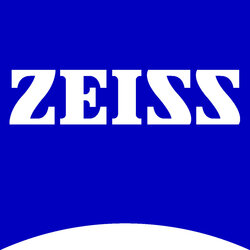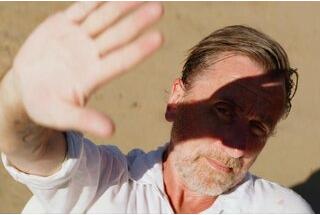"The Astronaut", directed by Nicolas Giraud, shot by Renaud Chassaing, AFC : From Limousin Station, France, towards the stars, in large format and with Zeiss Supreme Prime Radiance
Zeiss : Austere means, yet exactly matching the goal, technicians who put their talent at the service of a poetic and slightly crazy vision, and a lot of faith : it reminds you of cinema, doesn’t it ?
Renaud Chassaing : Nicolas Giraud really approached this subject and this film as an allegory of the making of a film. It’s a metaphor for our profession, a mise en abyme of our work. He gathered his close collaborators to make his film, a bit like the character Jim surrounds himself with a team to build his rocket. It’s a second family that he creates for himself in the film, with the character played by Mathieu Kassovitz, this astronaut withdrawn from the world and father figure who reminds us of Jean-François Clervoy, who was our technical advisor and helped Nicolas to make his film.
What did you learn, as a cinematographer, from Jean-François Clervoy ?
It was quite terrific. We were able to ask him many questions beforehand. We had “space meetings” with him. Beyond meeting a fascinating character – it was impressive to meet someone who went into space three times, there aren’t many of them in France – I had questions about the sunlight in space, about the way he felt the light, the stars, the dark in space. What kind of lighting did he have as well ? We have the impression that the sun is the only source of light, but in reality, there is also its reflection on the Earth, on the clouds, the moon and the one of the suit, and the small lights on the helmets. The stars can also be bright. And how many times a day does an astronaut in space see a sunset ? I think it is sixteen times a day from the International Space Station, as it goes around the Earth every 90 minutes. I also asked him about movies set in space that he had enjoyed. His reference was Gravity : in terms of photographic credibility, I think he was quite impressed. He felt like he was reliving what he had experienced.

 En
En Fr
Fr






